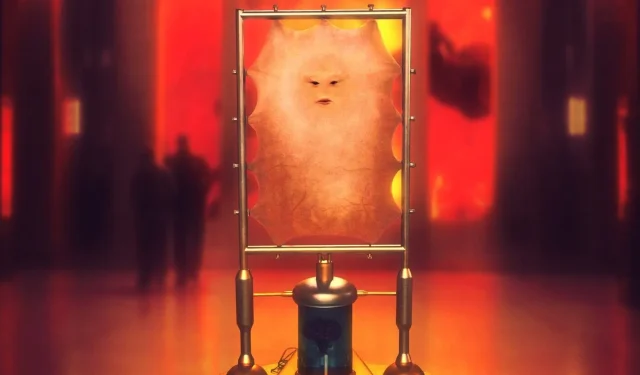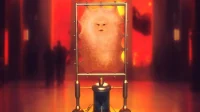The whimsical universe of Doctor Who is inhabited by an array of characters, both major and minor, some of whom are so memorable that they could easily populate entire planets. While many of these characters only make fleeting appearances, others leave a lasting impression. A particularly unforgettable image from the early days of the series is that of Lady Cassandra—a living flap of skin with eyes and lips stretched tightly over a metallic frame. This strange creature boldly claims to be the last authentic human born on Earth, a bold proclamation that captures the audience’s attention.
Reflecting on the initial season of the revived Doctor Who series is truly an unusual experience, especially in light of the developments that have since transpired. The eras led by David Tennant and Matt Smith have firmly established a sense of dominance in the show’s fandom. In contrast, Jodie Whittaker’s tenure has sparked a variety of opinions, keeping past seasons alive in discussions. While the series attempted to recapture the essence of the Tennant years, it has yet to revisit the Ninth Doctor’s groundbreaking approach marked by Christopher Eccleston, who infused the show with a delightful combination of experimentation and a haunting sense of melancholy.
Who is Cassandra O’Brien.Δ17 in Doctor Who?

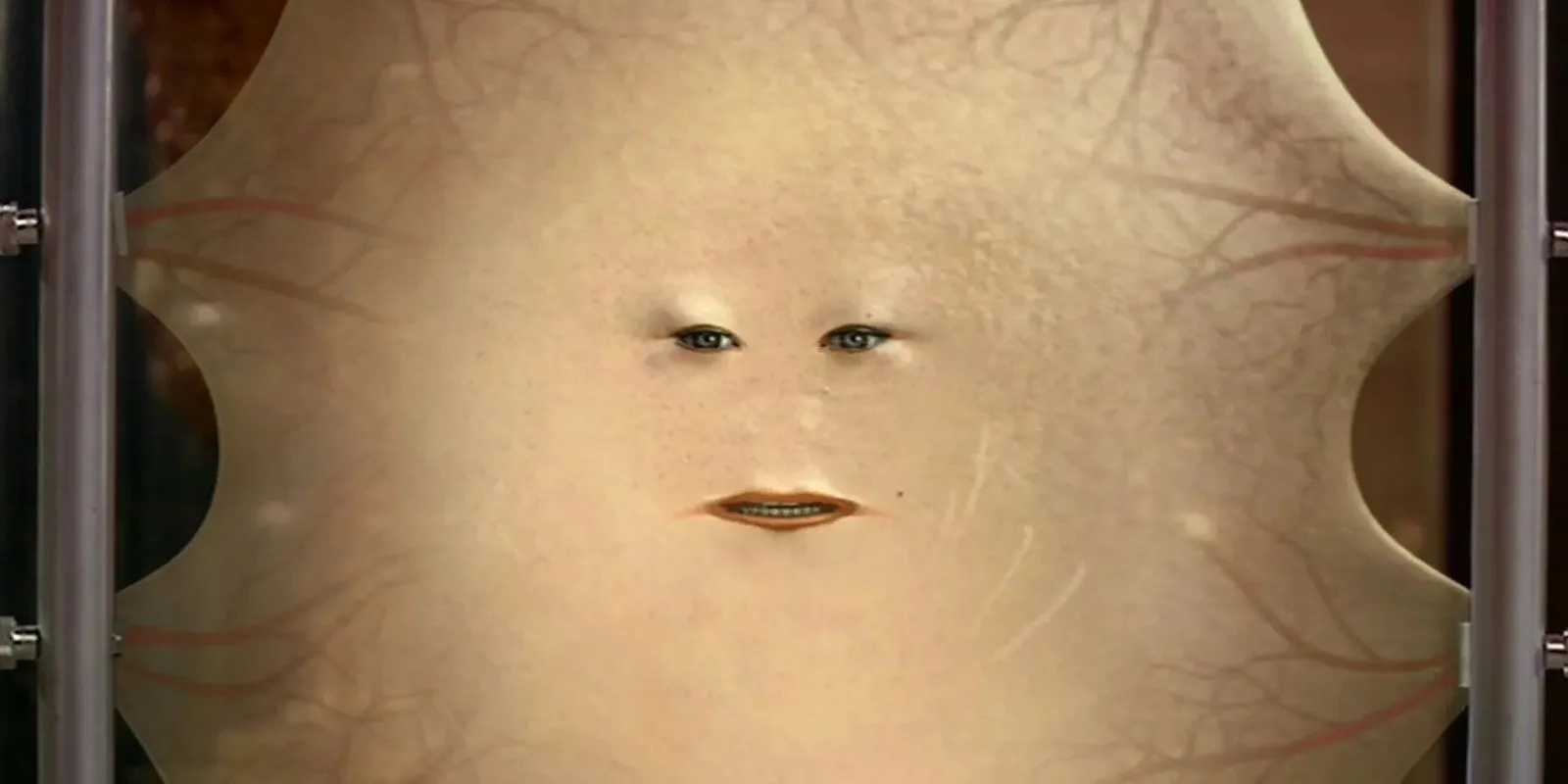
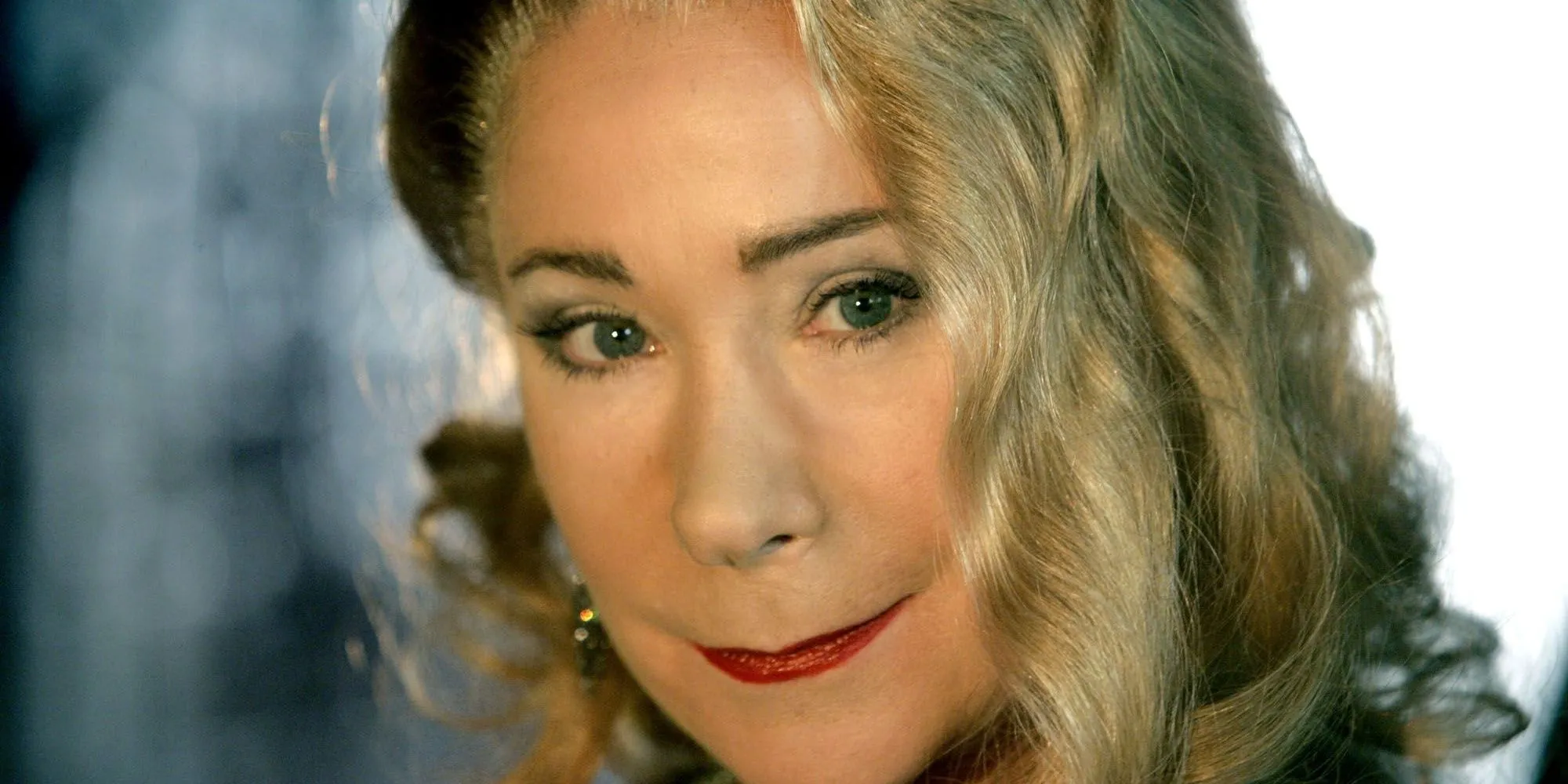
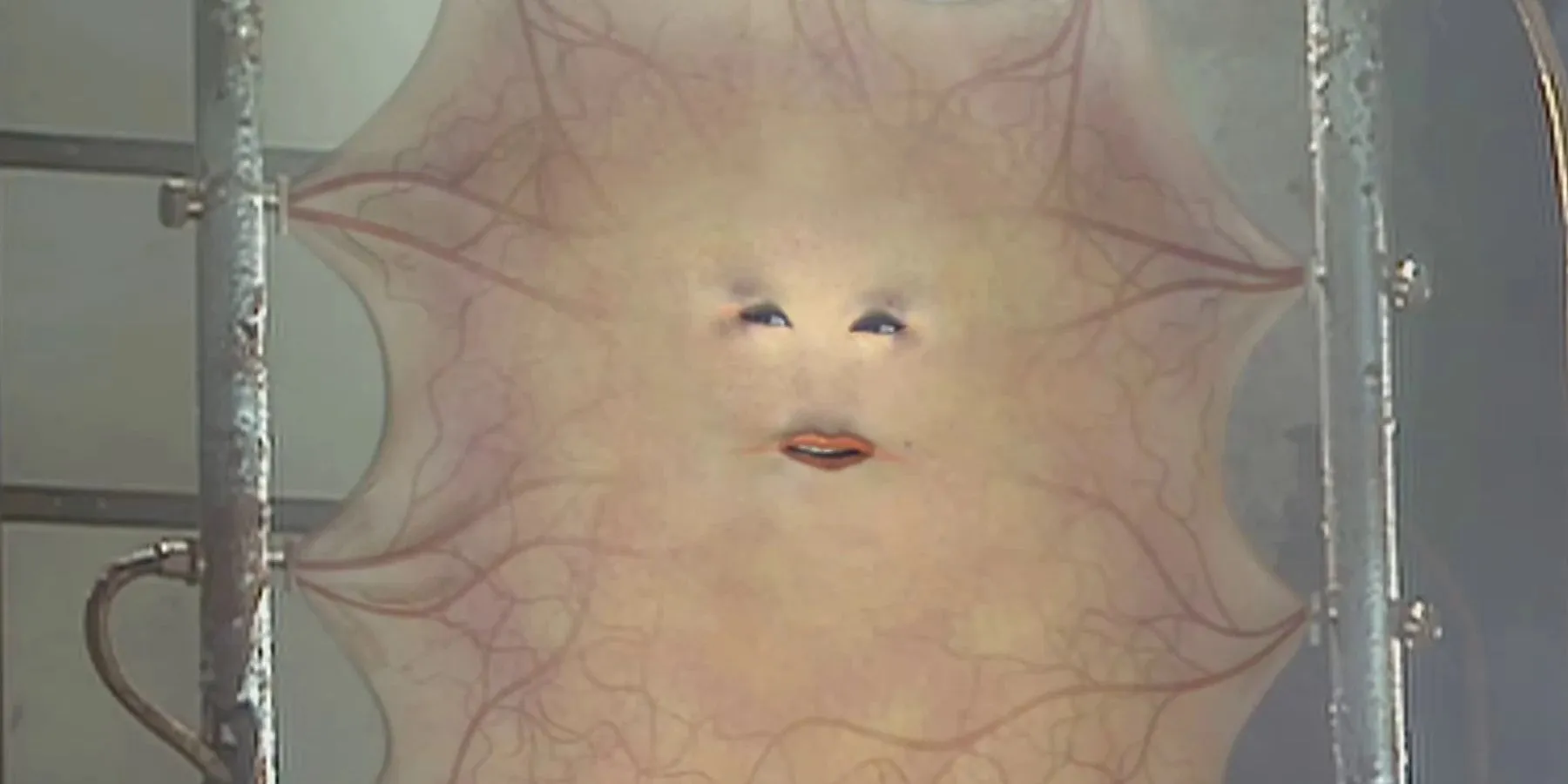
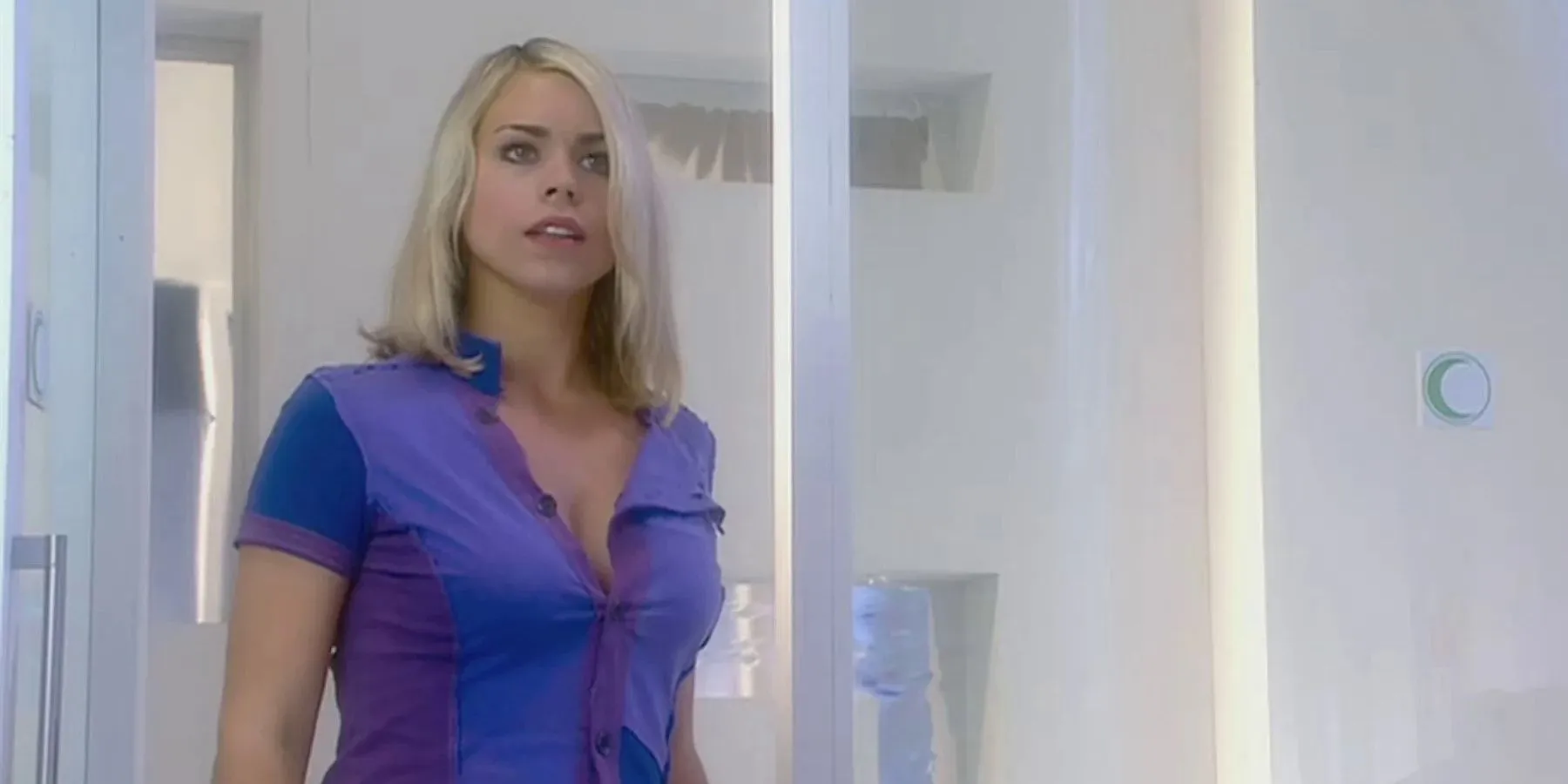
|
Full Name |
Lady Cassandra O’Brien.Δ17 |
|---|---|
|
Aliases |
Kitty Gillespie, Cassandra Hoots |
|
First Appearance |
Series 1, Episode 2, “The End of the World” |
|
Portrayed By |
Zoë Wanamaker |
Lady Cassandra claims to be the last organic human born on Earth, having crossed paths with the Doctor and Rose Tyler aboard Platform One, a luxurious space station that allowed affluent guests to witness Earth’s demise. By this point, Cassandra had metamorphosed into a nearly transparent sheet of skin, sustained by a steel structure after undergoing over 700 plastic surgeries. The extensive procedures extended her life but eliminated most of her physical form. Desperate to continue funding her surgical enhancements, Cassandra concocted a plot to create a hostage scenario using metal spiders on the space station, hoping to extort money from the passengers. A clash with Rose Tyler led Cassandra to inadvertently attract the Doctor’s attention. He intervened, thwarting her plans and seemingly causing her demise by raising the station’s temperature until she exploded.
Cassandra made a return in the second season’s premiere, “New Earth.” Despite her previous apparent demise, her brain survived, residing in a jar beneath her metallic façade, allowing her to extend her life further. Now housed in a hospital basement and cared for by her assistant Chip, Cassandra yearned to revisit her past glories. She longed for the days when she received her last compliment—a pivotal moment in her life. The Doctor and Rose, following a distress signal, stumbled upon Cassandra once more, only to discover that the hospital was conducting inhumane experiments on clones. Initially, Cassandra is positioned as an antagonist, taking over Rose’s body to reclaim her lost agency and seek vengeance. However, after her scheme fails and her attempts to control the Doctor’s mind are thwarted, she faces a turning point. In a desperate move, she occupies the body of a runaway clone, ultimately coming to terms with the horrific treatment the clones had endured. Her transformation culminates in a selfless act of compassion as she helps the Doctor rescue the clones before accepting her fate. In a final act of kindness, the Doctor transports Cassandra, residing in Chip’s body, to the party where she last felt beautiful, ultimately revealing that the last person to praise her appearance was her future self.
Who is Lady Cassandra in the Doctor Who Extended Universe?

Although details about Cassandra’s origin are sparse in her television appearances, they are elaborated in print, notably in Russell T. Davies’ short story “Lives of the Rich and Thin.”Initially born Brian Edward Cobbs on Earth during the year 4.99/4763/A/15, Cassandra’s narrative is filled with deception, including claims about her heritage, many of which are unsubstantiated. Beginning her career in security at Klime Enterprises, she transitioned to become a woman and later entered into a marriage with the company’s wealthy owner, Harry Klime—who she likely had killed to inherit his fortune. Over the years, she engaged in a series of other mysterious marriages, often associated with untimely deaths, using the wealth gained to finance her numerous surgeries aimed at prolonging her life.
Is Lady Cassandra Transgender?
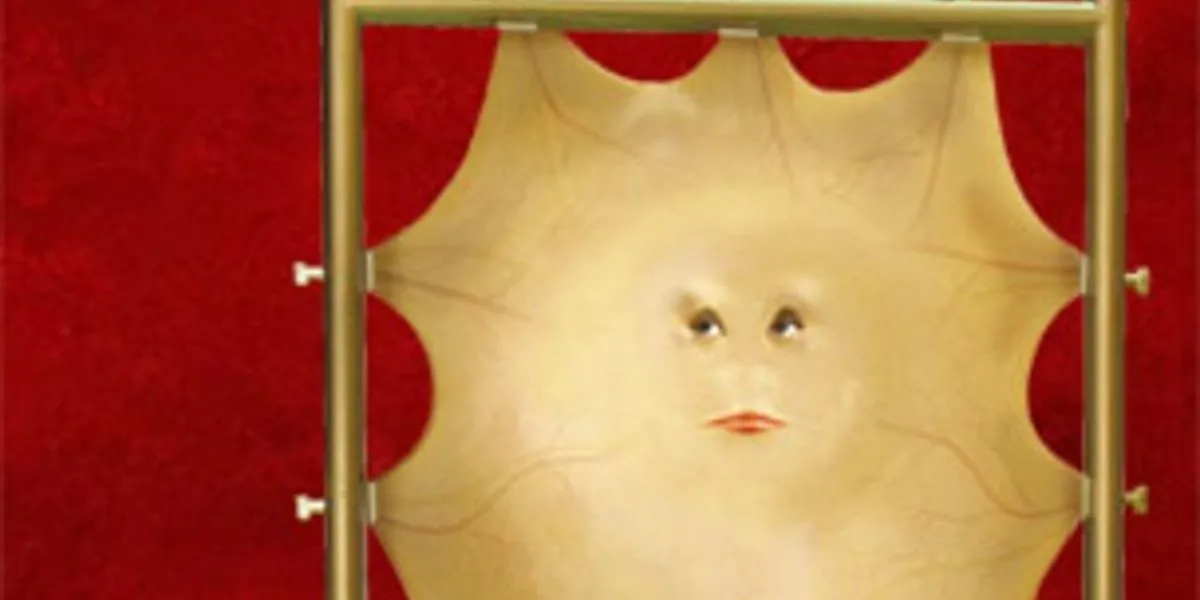
In her introductory episode, a short line highlights Cassandra as a transgender woman, where she expresses that she grew up as “a little boy”prior to her surgeries. This makes her the first transgender character to appear in the Doctor Who series. While her portrayal triggered criticism from various transgender advocates, she also garnered praise for her character evolution in the subsequent episode. Many characterized her obsessive fixation on beauty, her surgical escapades, and her willingness to resort to extreme measures as regurgitations of harmful tropes often associated with transgender identities in media. However, in her second appearance, viewers found her pursuit for validation and the notion that her ultimate acknowledgment comes from self-acceptance resonated positively with some members of the transgender community. For years, Cassandra remained the sole transgender character in the series until 2023, when Donna Noble’s daughter, Rose, appeared as the first transgender main character portrayed by a transgender actress, a notable breakthrough.
Cassandra’s role reflects the quirky and often bizarre nature of Doctor Who, a series celebrated for its groundbreaking narrative. Unfortunately, her character’s introduction as a skin-covered entity resorting to murder and criminal activity to sustain her surgeries doesn’t offer the most flattering portrayal. Nevertheless, the poignant end to Cassandra’s arc provides much-needed depth to her story, transcending her surreal appearance and bringing forth themes of identity, acceptance, and the quest for true beauty.
